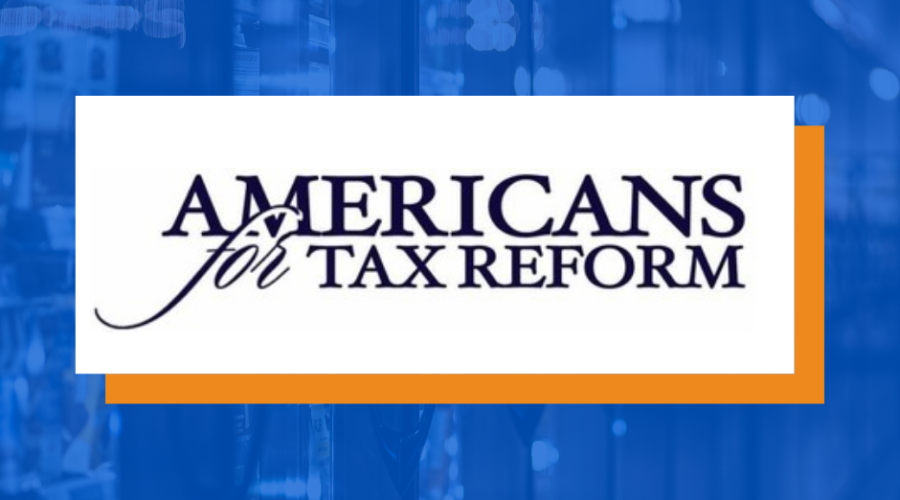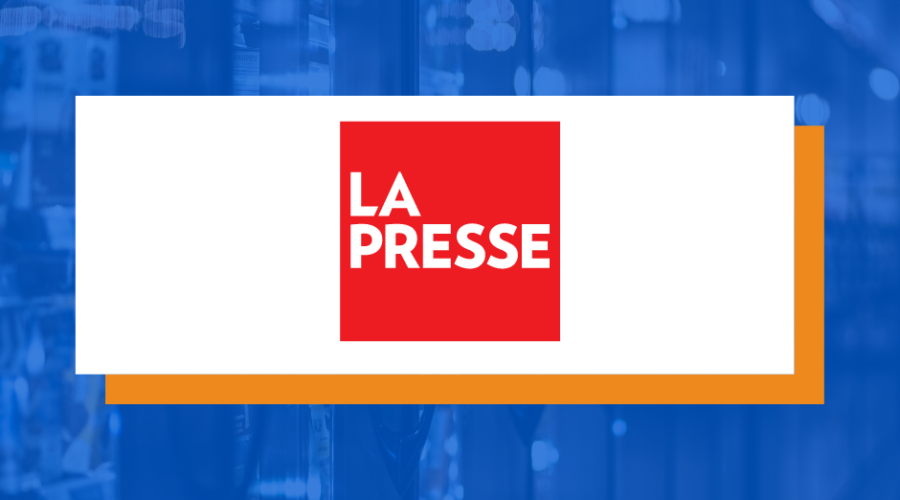All nontobacco nicotine is now subject to the same regulations as tobacco-sourced nicotine in the U.S.
All nontobacco nicotine is now subject to the same regulations as tobacco-sourced nicotine in the U.S.
It was both expected and unexpected. Everyone in the vaping industry knew that at some point the U.S. Congress and the Food and Drug Administration were going to decide on how to handle synthetic and nontobacco nicotine. It was generally believed that regulation would appear in an appropriations bill in September, meaning vaping advocates thought they had time to fundraise and prepare for a battle.
They did not. Instead, the language for changing the definition of the Tobacco Control Act (TCA) to include all nicotine products was buried on page 1,861 of the 2,741-page omnibus spending bill that was signed by President Joe Biden in March. How the rider found its way into the omnibus has caught the ire of many in the industry who say major tobacco companies are seizing the vaping industry away from the small business owners who got it started.
Senator Richard Burr was allegedly approached by R.J. Reynolds and Juul Labs representatives about getting the synthetic nicotine rider in the omnibus that at the time was winding its way through Congress. Burr joined forces with fellow senators Dick Durbin and Patty Murray and Representative Frank Pallone to get the nontobacco nicotine language into the omnibus, according to two Senate sources familiar with the discussions, as reported by Bloomberg Law.
Read the full article here











